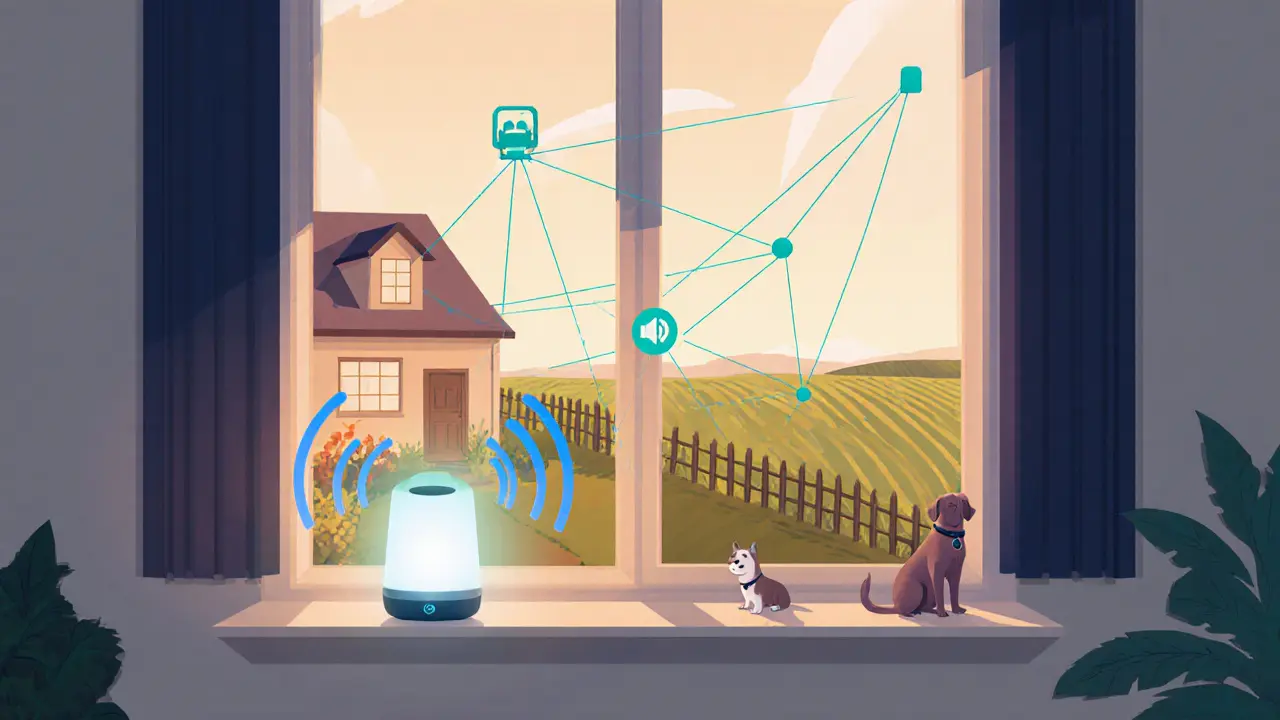LoRaWAN: What It Is and How It Connects IoT Devices in Blockchain Projects
When you hear LoRaWAN, a low-power, long-range wireless communication protocol designed for Internet of Things devices. Also known as Long Range Wide Area Network, it lets sensors and trackers send small bits of data over miles without draining batteries. Unlike Wi-Fi or cellular, LoRaWAN doesn’t need constant power or high bandwidth. That’s why it’s perfect for smart city sensors, farm soil monitors, or even tracking shipping containers across Southeast Asia.
LoRaWAN works with IoT, a network of physical devices embedded with sensors that collect and share data to feed real-world info into blockchain systems. Think of a warehouse in Vietnam using LoRaWAN-enabled temperature sensors. Each reading gets stamped on a blockchain, proving the cold chain wasn’t broken. Or a farmer in Thailand using LoRaWAN to track water usage across fields—those numbers can trigger smart contract payments when conditions are met. It’s not magic. It’s just data from the physical world, securely recorded on-chain.
LoRaWAN also connects to wireless sensor networks, groups of small, battery-powered devices that communicate wirelessly to monitor environments. These networks are cheap to deploy and last years without maintenance. That’s why they’re popping up in logistics, agriculture, and even urban waste management. Combine that with blockchain’s tamper-proof logs, and you get systems where you can prove a shipment was stored correctly, a crop was irrigated on schedule, or a parking spot was occupied at a specific time.
But here’s the catch: LoRaWAN isn’t for streaming video or big files. It’s for tiny packets—like ‘temperature is 28°C’ or ‘door opened at 3:14 AM’. That’s why it pairs so well with blockchain: you don’t need to store massive data. Just the proof that something happened, when, and where. And in Southeast Asia, where infrastructure varies wildly from city centers to remote islands, LoRaWAN’s range and low cost make it one of the few viable options.
You’ll find posts here about how blockchain projects use real-world data, from NFTs tied to physical assets to DeFi systems that pay out based on sensor readings. LoRaWAN is the quiet backbone making those ideas possible. It’s not flashy. But without it, most blockchain IoT projects would just be theory.

